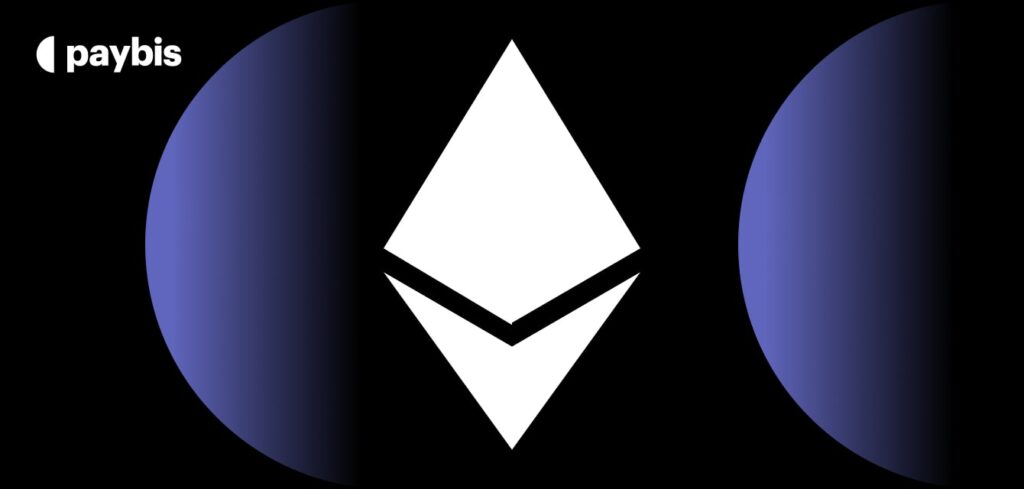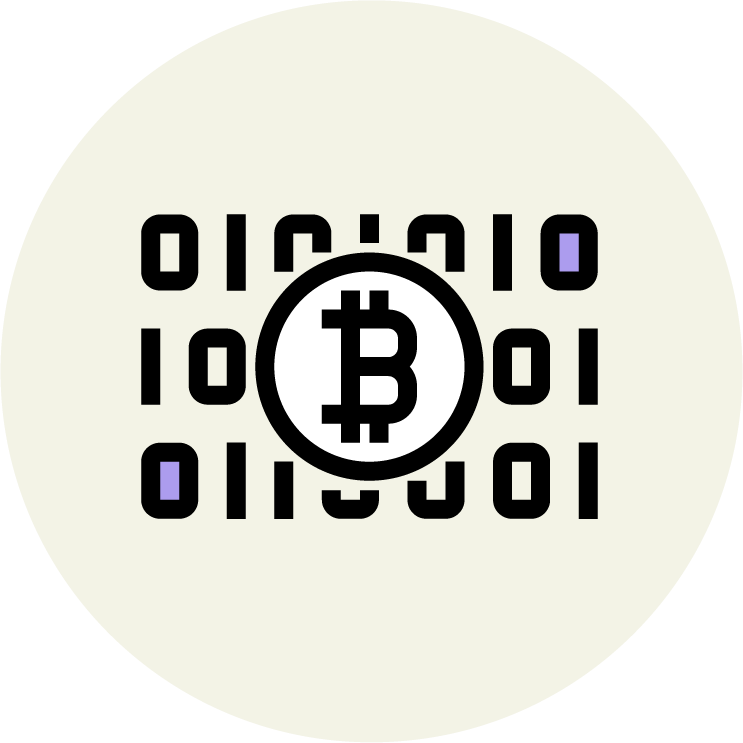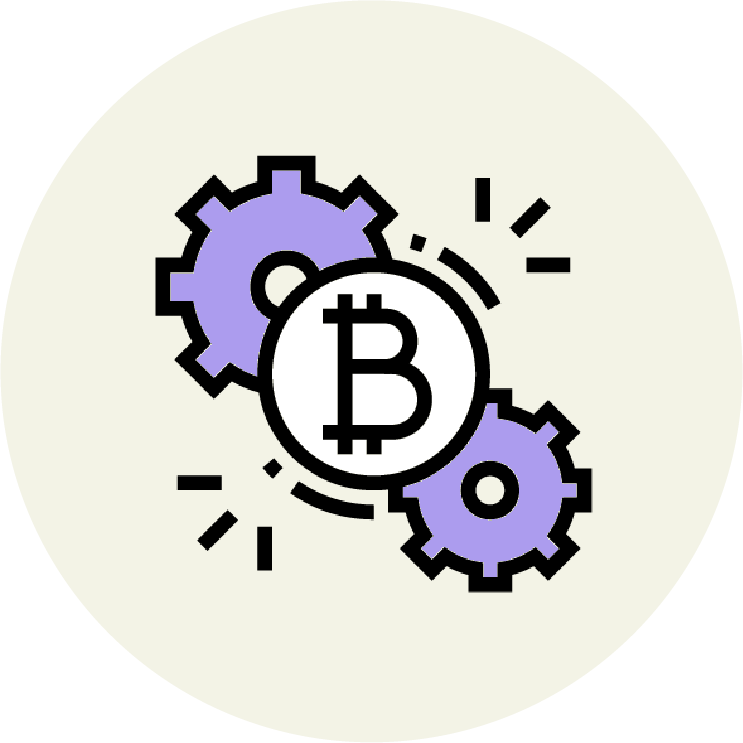Web 1.0
Web 1.0 is the initial stage of the Internet where websites were static, content was unidirectional, and user interaction was minimal. This era laid the foundation for making information widely accessible but lacked the dynamic and participatory features seen in later web developments.
Table of contents
What is a Web 1.0?
Web 1.0, often referred to as the “read-only web,” was the first generation of the World Wide Web, spanning from its inception in the early 1990s to the early 2000s. This era laid the foundational infrastructure of the internet, enabling users to access static web pages filled with information.
What are the Key Characteristics of Web 1.0?
The era of the Web 1.0 internet had the following characteristics:
- Static Content: Web 1.0 websites primarily consisted of static HTML pages. These pages were non-interactive and offered content that couldn’t be altered. Websites functioned much like digital brochures, displaying information without facilitating any user interaction.
- Simple Design and Navigation: The design of Web 1.0 sites was basic, with simple layouts and limited graphics. Navigation was straightforward, usually involving hyperlinks that connected various static pages.
- Limited Interactivity: User interaction was minimal. There were no social media platforms or blogs. Communication was largely from the website to the user.
- Proprietary Software: The development of Web 1.0 sites often required proprietary software and specialized knowledge of HTML and early scripting languages. This limited content creation to those with technical expertise.
Standardization in Web 1.0 and Web 3.0
Web 3.0, or the decentralized web, builds on the foundation of Web 1.0 standardization but focuses on decentralization and user-centricity. It aims for interoperability, security, and scalability in decentralized applications (dApps) and blockchain networks. Key elements include:
- Decentralized Protocols: Protocols like IPFS and blockchain token standards (e.g., Ethereum’s ERC-20 and ERC-721) are core to Web 3.0.
- Smart Contracts: Standardized languages like Solidity enable seamless dApp development across platforms.
- Interoperability Standards: Projects like Polkadot and Cosmos work on communication standards between different blockchains.
Similarities Between Web 1.0 and Web 3.0
Despite differences, Web 1.0 and Web 3.0 share similarities in their pioneering nature and foundational roles. Some of which are:
- Accessibility: Web 1.0 made information globally accessible via static pages. Web 3.0 aims to make decentralized services and data accessible without central authorities.
- Modern Technology: Web 1.0 leveraged existing technologies like HTML and HTTP to make information accessible through web browsers and websites. Web 3.0 leverages blockchain, smart contracts, and decentralized protocols for new digital interactions.
- Decentralization: Web 1.0 laid the groundwork for a more open internet. Web 3.0 furthers this by decentralizing control and empowering users with greater autonomy over their data and interactions.
Conclusion
Web 1.0 was a crucial phase in the development of the Internet, providing the initial framework for online information dissemination. While its static nature and limited interactivity restricted user engagement, it was instrumental in laying the groundwork for subsequent advancements.
Browse the Paybis Glossary to master more web3 lingo!
Alternatively, explore related terms and articles below.
Disclaimer: Don’t invest unless you’re prepared to lose all the money you invest. This is a high‑risk investment and you should not expect to be protected if something goes wrong. Take 2 mins to learn more at: https://go.payb.is/FCA-Info


